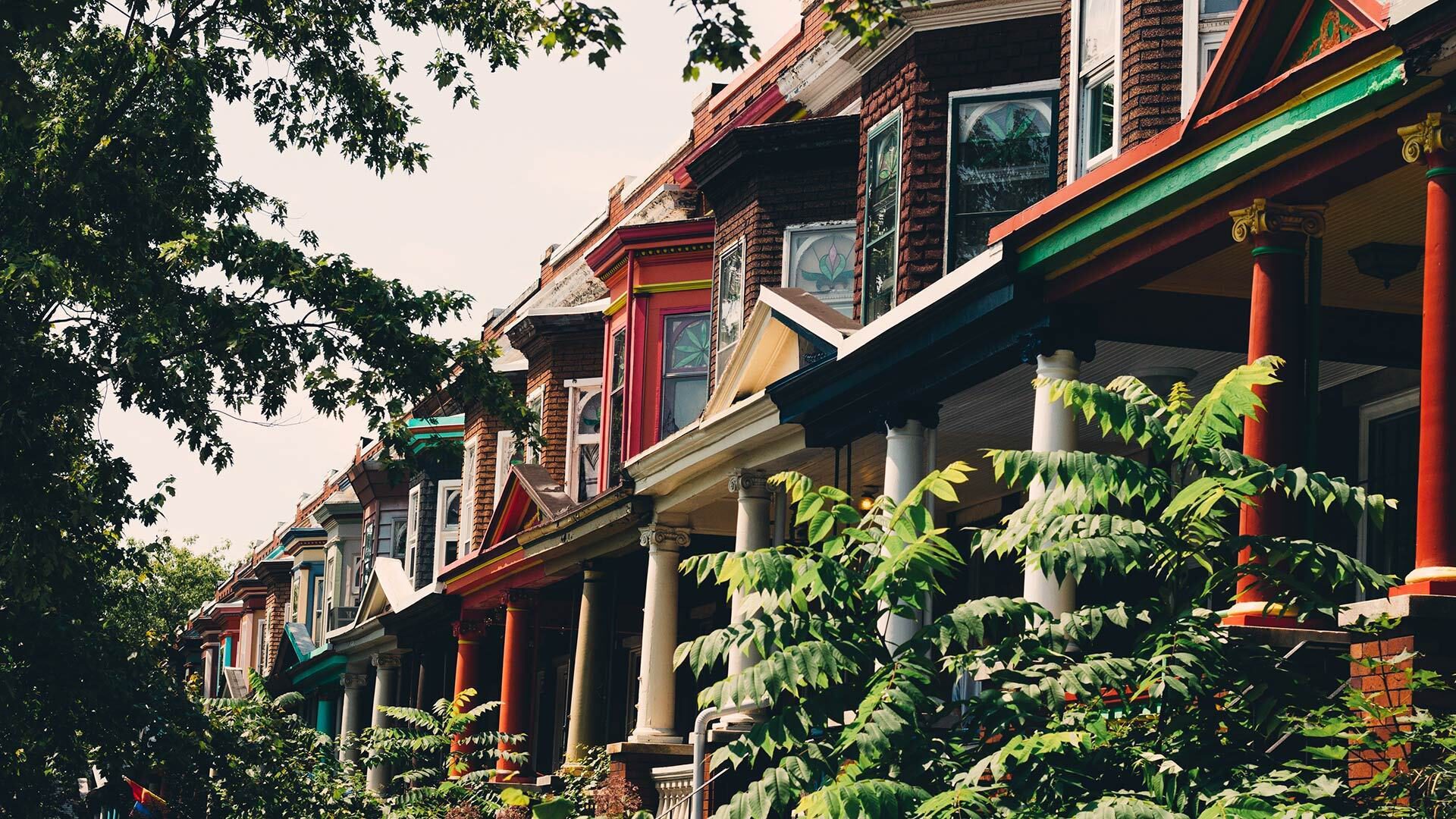- November 25, 2019
- By Samantha Watters
You might not have thought twice about the thicket at street’s end or that cluster of trees growing wild on the corner, but they make a difference in controlling stormwater runoff, according to a University of Maryland-led study.
The study published in the Journal of Environmental Management was based on analysis of urban green spaces in Baltimore. It found that regardless of their sizes, swatches of forest are about as effective at absorbing rainfall as built green infrastructure features like rain gardens, retention areas planted with grasses and perennials that help rain soak into the ground.
Although smaller patches of unmanaged green space aren’t often a major focus from a conservation perspective, urban forests curb pollution, runoff, and nutrient damage to the surrounding waterways feeding into the Chesapeake Bay, the study said.
“The protection and expansion of forest patches can make substantial contributions to stormwater mitigation,” the researchers wrote.
It’s often thought that urban soils are heavily degraded and have little role to play in protecting the environment, said study co-author Mitchell Pavao-Zuckerman, assistant professor in the Department of Environmental Science & Technology. The new study shows they can soak up a lot of water that would otherwise become runoff.
“We found that 60 to 70% of the rainfall could actually be infiltrated on site by these spaces,” he said. “And that was a major question mark for us—are these spaces that haven’t been planned and built like a rain garden doing similar things to a rain garden, and if so, what are they actually doing?”
Pavao-Zuckerman and his graduate student, Tuana Phillips, the lead study’s lead author, worked with Baltimore Green Space, the U.S. Forest Service, and the geography department at the University of Maryland, Baltimore County.
“We were all trying to find new ways of thinking about forest in cities—what they are, how they are classified … and how is the city thinking about protection?” Pavao-Zuckerman said.
The non-UMD partners provided background information to Pavao-Zuckerman about the makeup and characteristics of these urban forest spaces to allow assessment of their functionality, starting with hydrology and soil infiltration measures. In addition to infiltration, researchers assessed how smaller patches of forest may differ from larger patches.
“When people talk about urban forest in the U.S., they aren’t just talking about large clusters of trees,” Pavao-Zuckerman said. “Many would even consider a single street tree as part of an urban forest system.”
The study can help municipalities and developers devise ways to work with existing landscapes to minimize runoff and environmental damage, he said.
“There is always that tension when new development happens between leveling everything and going back to add in rain gardens and green infrastructure versus leaving what’s there and building around it,“ he said. “These results speak to the ability of these spaces, small and large, to act like a rain garden. From an urban planning perspective, it costs more money to put something in than to leave something behind.”
Topics
Research